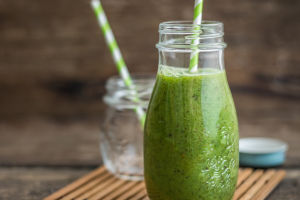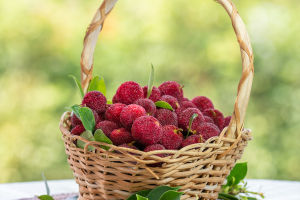Coconut is a tropical crop known for its sweet and refreshing fruit.
It is widely loved by people living in coastal areas, like Sanya, where it grows abundantly.
However, obtaining fresh and pure coconut juice can be more challenging in inland regions. Despite this, the benefits of drinking coconut juice make it a popular choice, particularly among women who seek healthier skin.
Coconut juice is a pure and natural plant juice that differs from typical fruit juices. While most fruit juices are extracted using juicers, coconut juice is obtained by extracting the liquid directly from the coconut fruit.
On average, a coconut can yield up to two glasses of juice, making it a rich source of nutrients. Unlike common fruit juices, coconut juice offers unique benefits for beauty, and skin care, and even acts as a natural diuretic.
Coconuts are not only delicious but they are also packed with essential nutrients. Moderate consumption of coconut milk during summer is an excellent way to cool down and replenish energy and electrolytes in the body.
Rich in vitamins, proteins, and other essential trace elements, coconut juice has a noticeable impact on the skin, leaving it looking healthier compared to those who do not consume it regularly.
Moreover, coconut juice contains natural sugars that help hydrate cells internally, increase blood volume, and promote natural skin health. Its nourishing properties are widely recognized for their positive effects on the skin.
Coconut juice and coconut meat also possess insecticidal and sterilizing properties, particularly within the human intestinal tract. Our digestive system is prone to hosting harmful bacteria and parasites, which can lead to various diseases and adverse reactions when their numbers become excessive.
Parasites, for instance, absorb the nutrients from our food, resulting in a loss of vital nutrition. Drinking coconut juice can help cleanse the stomach and intestines, reducing the number of harmful microorganisms and allowing the body to better absorb nutrients, consequently lowering the chances of digestive disorders.
Coconuts can be categorized based on their maturity. Young coconuts, also known as green coconuts, have green outer skin and provide tender and ready-to-drink juice.
These green coconuts are often found in the market with a uniform, round shape, making them easy to handle and store in limited freezer space.
As coconuts mature, their skin turns yellow, and they are referred to as "coconut kings." Apart from their refreshing water, coconut meat can be extracted to make coconut milk, shredded coconut, and coconut cake. Many people believe that coconut meat is the essence of the fruit.
Older coconuts, known as hairy coconuts, have a thicker layer of white meat, approximately 2-3 centimeters in thickness. These coconuts contain less water compared to their younger counterparts, and the meat has a fragrant and creamy texture.
The water in older coconuts is not as refreshing as that in green coconuts and may even have a slightly fermented taste.
In Thailand, the stems of coconut trees are cut open to extract the pulp, which is used to make coconut sugar. Additionally, cooked coconut meat is a primary ingredient in the production of coconut oil. Coconut husks, shells, and fibers are also utilized in various ways, such as manufacturing furniture, kitchenware, and skin care products.
The versatility and numerous uses of coconuts make them an invaluable resource in tropical regions. From their delicious fruit to the extraction of juice and the utilization of coconut products in various industries, coconuts continue to play an essential role in the lives of people worldwide.


